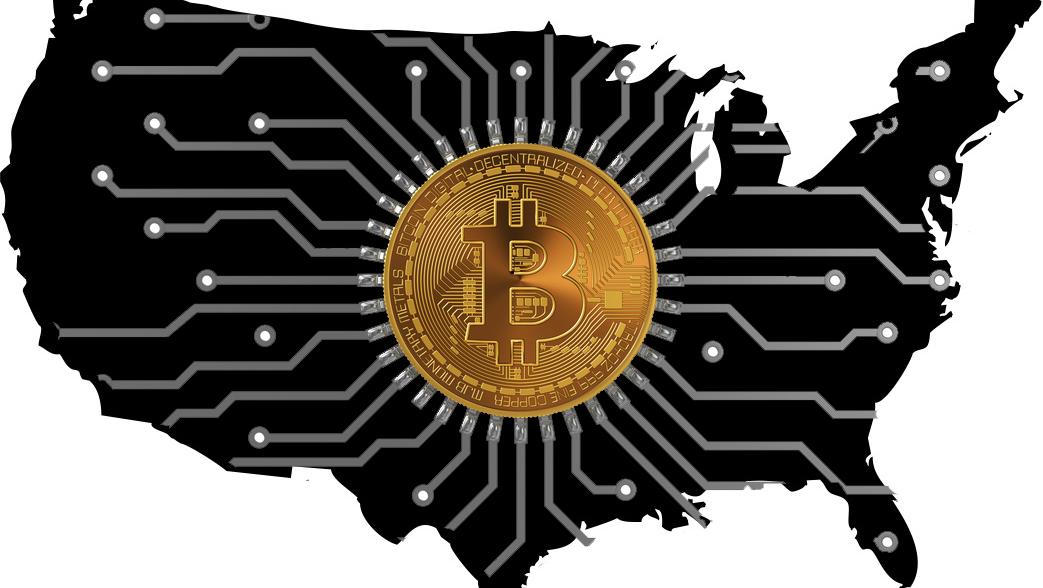PALO ALTO, Calif. (Reuters) - The Federal Reserve is looking at a broad series of concerns around digital payments and currencies, consisting of policy, design and legal considerations around possibly providing its own digital currency, Governor Lael Brainard said on Wednesday. Brainard's remarks suggest more openness to the possibility of a Fed-issued digital coin than in the past." By transforming payments, digitalization has the prospective to provide higher worth and convenience Helpful resources at lower cost," Brainard stated at a conference on payments at the Stanford Graduate School of Organization.
Central banks globally are discussing how to handle digital finance innovation and the distributed ledger systems utilized by bitcoin, which guarantees near-instantaneous payment at possibly low expense. The Fed is establishing its own round-the-clock real-time payments and settlement service and is presently reviewing 200 comment letters sent late in 2015 about the proposed service's style and scope, Brainard said.

Less than two years ago Brainard informed a conference in San Francisco that there is "no engaging demonstrated need" for such a coin. However that was before the scope of Facebook's digital currency ambitions were extensively understood. Fed authorities, consisting of Brainard, have raised issues about consumer defenses and information and personal privacy dangers that could be positioned by a currency that might enter usage by the third of the world's population that have Facebook accounts.
" We are teaming up with other central banks as we advance our understanding of central bank digital currencies," she Check out the post right here said. With more countries looking into releasing their own digital currencies, Brainard said, that contributes to "a set fedcoin a central bankissued cryptocurrency of reasons to also be ensuring that we are that frontier of both research study and policy advancement." In the United States, Brainard stated, issues that need research study consist of whether a digital currency would make the payments system more secure or simpler, and whether it could posture monetary stability threats, consisting of the possibility of bank runs if cash can be turned "with a single swipe" into the reserve bank's Check out here digital currency.
To counter the monetary damage from America's unprecedented national lockdown, the Federal Reserve has taken unprecedented actions, consisting of flooding the economy with dollars and investing directly in the economy. Most of these moves received grudging acceptance even from lots of Fed doubters, as they saw this stimulus as needed and something just the Fed could do.
My brand-new CEI report, "Government-Run Payment Systems Are Unsafe at Any Speed: The Case Against Fedcoin and FedNow," information the risks of the Fed's current plans for its FedNow real-time payment system, and proposals for central bank-issued cryptocurrency that have actually been dubbed Fedcoin or the "digital dollar." In my report, I go over concerns about personal b3.zcubes.com/v.aspx?mid=6863143&title=the-facts-and-fiction-of-fedcoin---marketminder---fisher- privacy, data security, currency manipulation, and crowding out private-sector competitors and innovation.
Advocates of FedNow and Fedcoin state the federal government needs to develop a system for payments to deposit quickly, rather than encourage such systems in the economic sector by lifting regulatory barriers. However as noted in the paper, the economic sector is providing a seemingly endless supply of payment innovations and digital currencies to solve the problemto the level it is a problemof the time gap in between when a payment is sent and when it is gotten in a savings account.
And the examples of private-sector development in this area are lots of. The Clearing Home, a bank-held cooperative that has been routing interbank payments in various types for more than 150 years, has been clearing real-time payments since 2017. By the end of 2018 it was covering 50 percent of the deposit base in the U.S.